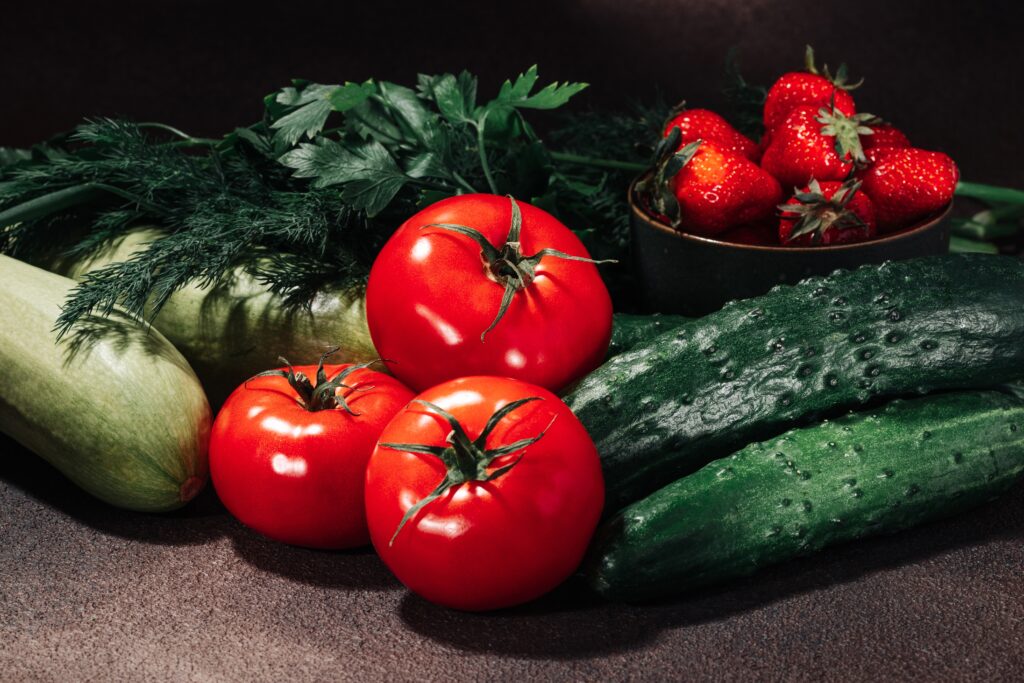Summary: Iron (Fe) is a crucial micronutrient for plant growth and productivity, but its bioavailability can be limited in calcareous soils, leading to Fe deficiency symptoms. Fe fertilization is the most common approach in agriculture to prevent or remediate Fe chlorosis. Fe fertilizers are based on aminocarboxylate synthetic ligands, which maintain Fe in the soil solution and increase its bioavailability for plant uptake. However, these complexes have limitations such as pH-dependent effectiveness, stability, persistence in the environment, and ligand exchange reactions.
Vegetal-derived protein hydrolysates, composed of small peptides, could be a promising source of biochelating ligands for developing innovative Fe fertilizers for sustainable agriculture. Protein hydrolysates can chelate Fe via amino acid side chains, carboxylate groups, amine groups, and N atoms of amide groups, and can also play a signaling role in triggering nutrient and morphogenetic processes in plants.
Three experimental trials on three horticultural crops (cucumber, tomato, and strawberry) using a Fe-biochelate as a Fe source and comparing it with the widely used synthetic chelate Fe-EDDHA have shown that Fe-biochelates are at least as efficient as Fe-EDDHA as a source of micronutrient, even under circumneutral and alkaline conditions. These findings could contribute to enhancing agriculture sustainability and could also be used in soilless cultivation systems for Fe enrichment of edible plant tissues (biofortification), increasing their nutritional value.
Publication: Scientia Horticulturae









